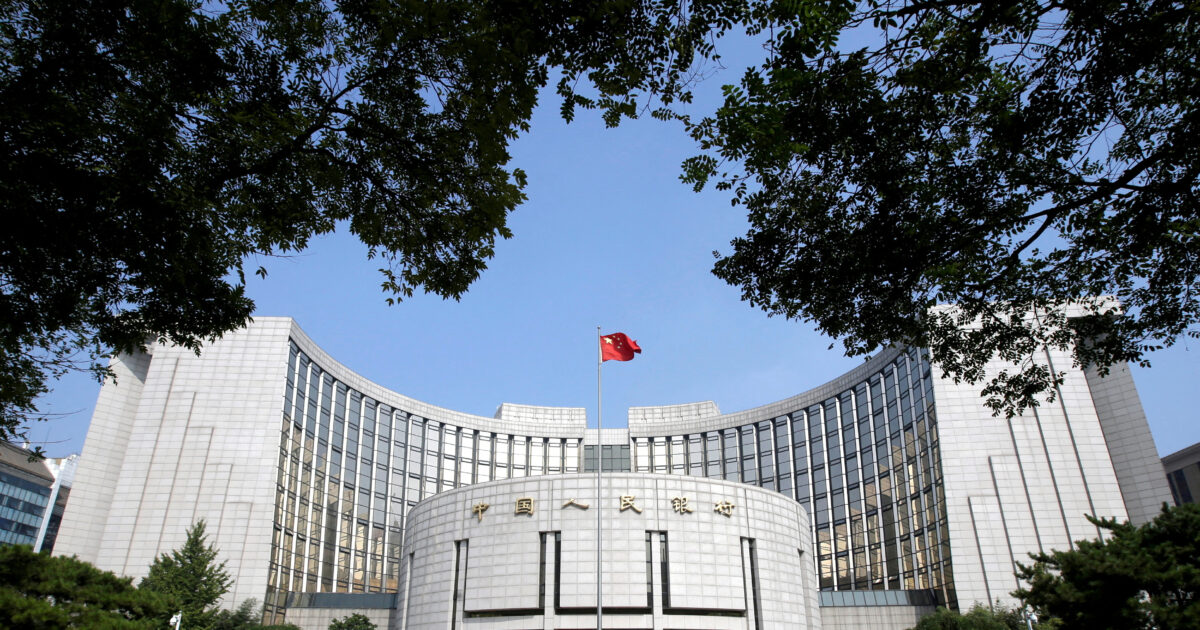Weakened the China the daily exchange rate of its coin reference, yuan at the level of 7.20 per dollar, In the midst of a escalating trade war with the US.
The Central Bank of China set the exchange rate at 7,2038 per dollar today (8.4.2025). It is about the weakest exchange rate since September 2023. It is the first time since President Donald Trump’s election in November that the specified dollar -yuan exchange rate It exceeds 7.20, a level considered by investors as a red line for official intentions against the currency.
Weakening his currency is considered an option for Beijing to Increase the attractiveness of its exports, which are a key driver of growth and now undergo more pressures due to commercial tensions.
But the decision to be allowed to the yuan to fall abruptly is difficult as it may Increase the retreat bets for the economy, aggravate capital outflows, compete with the US and blur the prospects of any trade negotiations.
On the other hand, for China, maintaining artificially strong exchange rate can reduce exports and further affect the already problematic economy. Also, a possible release of accumulated depreciation pressures later could also lead to magnified volatility in financial markets
Defense Shock?
A possible adjustment of China’s monetary strategy has been on the radar of traders since the beginning of Trump’s second presidency, but policymakers have repeatedly committed to keeping the yuan firm and preventing exchange for exchange rates. Investors are now looking for new indications from the Central Bank about what is its position for the yuan and whether China will repeat monetary relaxation, after increasing duties that have shocked world markets.
An increasing but non -consensual group of analysts envisions a greater fall in the near future.
Wells Fargo sees risks for a deliberate depreciation of up to 15% in two months. There is a 75% chance that Beijing will underestimate the yuan, and if the central bank of China decides to do so, it is likely to “go to a large extent, such as 20 or 30%,” said Brad Bechtel, a world leader of FX at the Jefferies Financial Group.
But most expect to see a less dramatic move, as a devaluation could aggravate capital outflows and hurt investors’ confidence in Chinese assets. Even if the downward climate begins to prevail, the central bank of China has many tools to smooth out the volatility of the market. In the past, the central bank has used tools such as adapting liquidity to a foreign foreign exchange and issuing offshore graphs to contain the slip of yuan.
“We estimate that the central bank of China will gradually allow greater flexibility in two -way exchange rates to regulate the unstable market after duties, but a sharp depreciation of Wan is unlikely due to the risks of capital outflows,” said Ken Cheung. “The Central Bank of China will also choose to maintain the stability of the exchange balance to gain space to continue monetary relaxation.”
